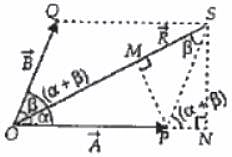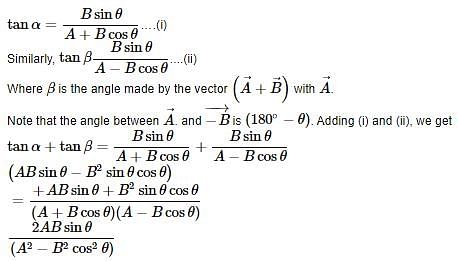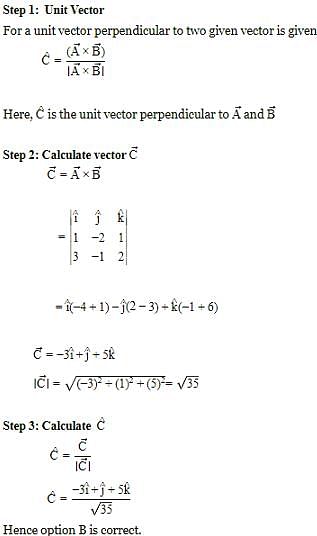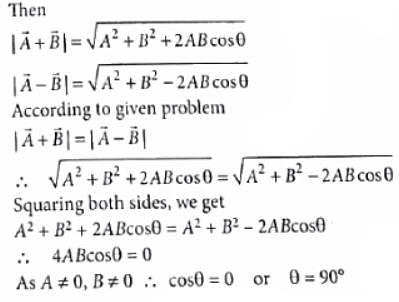Test: Vector Addition - Analytical Method (NCERT) - NEET MCQ
10 Questions MCQ Test Physics Class 11 - Test: Vector Addition - Analytical Method (NCERT)
Which of the following quantities is dependent of the choice of orientation of the coordinate axes?
Two vectors inclined at an angle θ have a resultant
inclined at an angle θ have a resultant which makes an angle α with
which makes an angle α with and angle β with
and angle β with Let the magnitudes of the vectors
Let the magnitudes of the vectors  be represented by A, B and R respectively. Which of the following relations is not correct?
be represented by A, B and R respectively. Which of the following relations is not correct?
 inclined at an angle θ have a resultant
inclined at an angle θ have a resultant which makes an angle α with
which makes an angle α with and angle β with
and angle β with Let the magnitudes of the vectors
Let the magnitudes of the vectors  be represented by A, B and R respectively. Which of the following relations is not correct?
be represented by A, B and R respectively. Which of the following relations is not correct?| 1 Crore+ students have signed up on EduRev. Have you? Download the App |
Vectors include an angle θ between them. If
include an angle θ between them. If respectively subtend angles α and β with
respectively subtend angles α and β with then (tanα + tanβ) is :
then (tanα + tanβ) is :
 include an angle θ between them. If
include an angle θ between them. If respectively subtend angles α and β with
respectively subtend angles α and β with then (tanα + tanβ) is :
then (tanα + tanβ) is :A unit vector in the direction of resultant vector of 
A unit vector perpendicular to i^−2j^+k^ and 3i^−j^+2k^ is
Resultant of two vectors is of magnitude P. If
is of magnitude P. If is reversed, then resultant is of magnitude Q. What is the value of P2 + Q2?
is reversed, then resultant is of magnitude Q. What is the value of P2 + Q2?
If  then the angel between
then the angel between will be
will be
A motorboat is racing towards the north at 25 kmh−1 and the water current in that region is 10 kmh−1 in the direction of 60∘ east of south. The resultant velocity of the boat is:
If is a vector of magnitude 5 units due east. What is the magnitude and direction of a vector -5
is a vector of magnitude 5 units due east. What is the magnitude and direction of a vector -5 ?
?
The driver of a car moving towards a rocket launching pad with a speed of 6 ms−1 observed that the rocket is moving with a speed of 10 ms−1 the upward speed of the rocket as seen by the stationary observer is
|
98 videos|388 docs|105 tests
|


 angle between
angle between  making an angle (α + β). Using the parallelogram method of vector addition,
making an angle (α + β). Using the parallelogram method of vector addition,



















